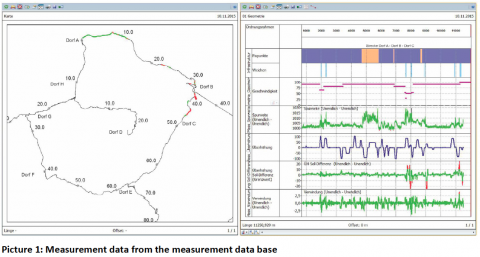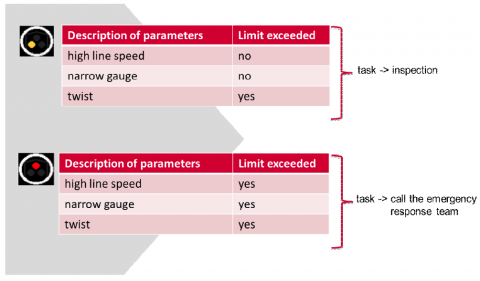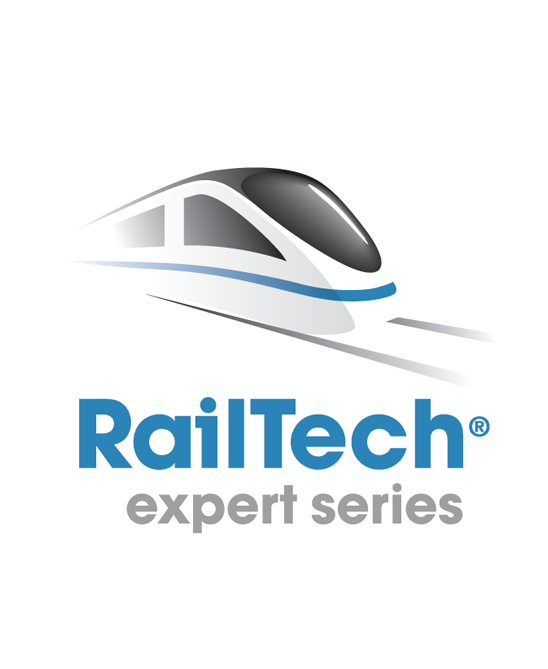Patricia Marty
Diagnostics Sersa Maschineller Gleisbau AG, Rhomberg Sersa Group
Speaking on 24 November during the Big Data in Railway Operations sessions

Patricia Marty
Diagnostics Sersa Maschineller Gleisbau AG
From individual fault assessment to Big Data
Three questions will be covered in this session:
- Do you understand your railway network? Do you know the condition of all aspects of
your infrastructure, including rail track, overhead traction wire, switches and railway
crossings? - Can you easily compare different maintenance strategies in terms of cost and
development of quality? - Do you know what dangerous combinations of errors exist in your railway network?
The diagnostics topic is developing quickly. From individual fault observation of individual parameters, the assessment of fault combinations is getting more and more of the limelight.
Sersa Maschineller Gleisbau AG is operating a flexible and particularly user-friendly measurement database within the Rhomberg Sersa Rail Group. Customers rent precisely the area needed for their rail network within this “pool” and keep hold of the data. Measurement data is stored and assessed independently of measurement providers. Using the measurement data, the experience and the local expertise of the railway experts upgrades and maintenance of their own rail network is planned.

As the figure above shows, fault assessment of individual parameters is already standard. Rhomberg Sersa Rail Group even produces its own measurement data. Alongside the classic track parameters of rail geometry, gauge, crosslevel (cant) and twist the overhead contact wire is also measured.
The next stage is to evaluate delicate fault combinations. For example, exceeding the twist limit combined with a gauge that is too narrow and a high line speed is much more serious than if the limit of the twist occurs with an unremarkable gauge and low line speed.

In some circumstances the combination of these parameters is so unfavourable that the individual parameter is not exceed and yet a dangerous situation still occurs on the network. It is our goal to offer the customer an algorithm with which the fault combinations outlined above can be recognised. In the future, far more measurement data will be available. Recognising the dangerous fault combinations will be the major task of the future.
View the topics of discussion and the speakers for each individual theme:
- Day 1: Wayside Train Monitoring Systems
- Day 2: Rail Infrastructure Measuring & Monitoring
- Day 3: Big Data in Railway Operations
We look forward to welcoming you in Naples between 22 – 24 November for the Intelligent Rail Summit.
